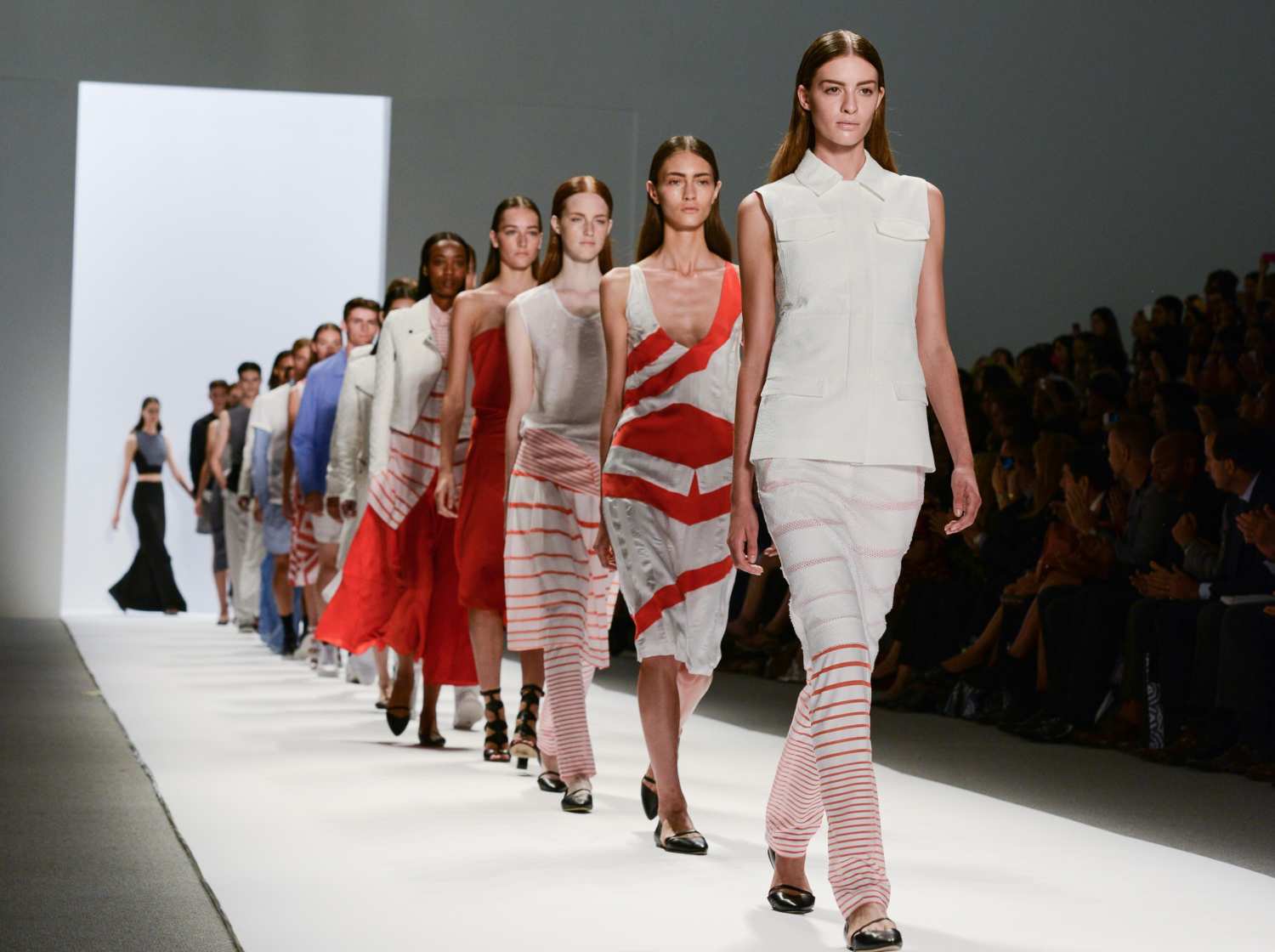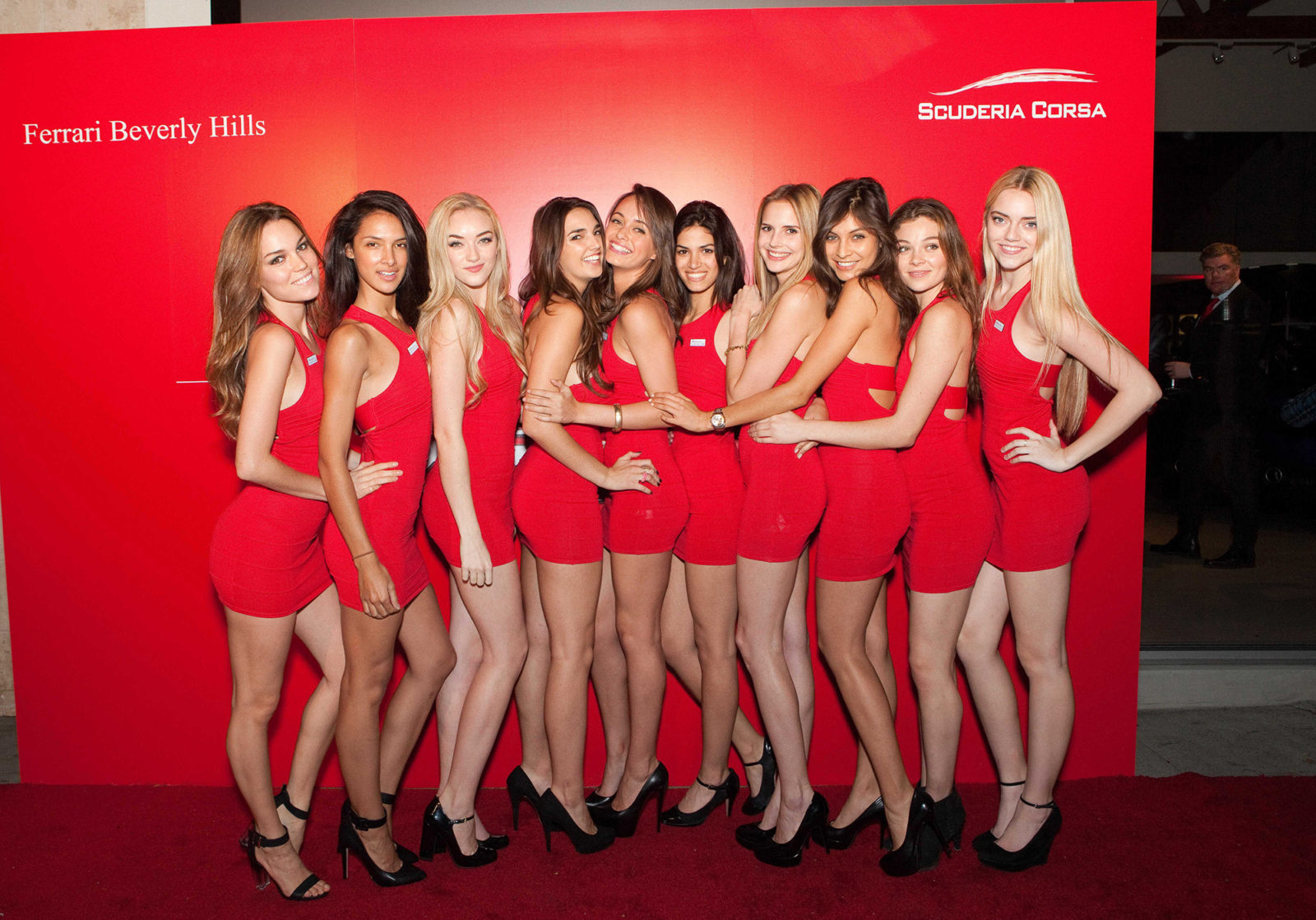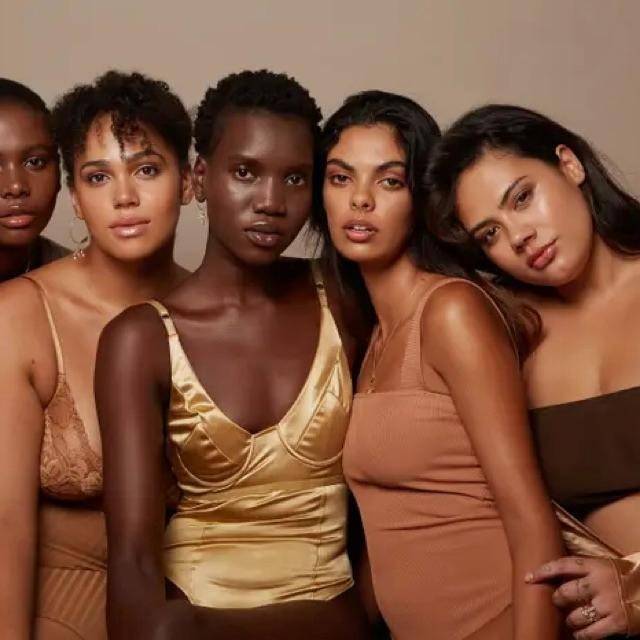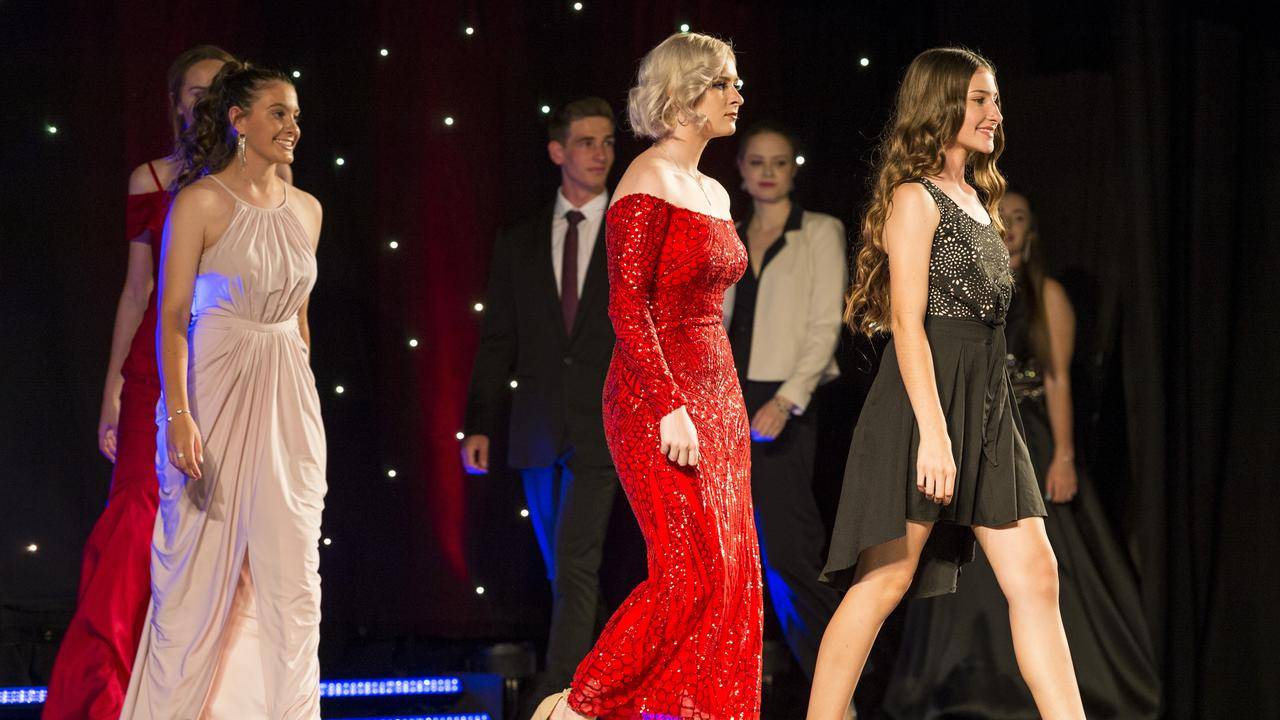How Can I Start Modeling? | How to Get into Modeling | BEST
- 01 Dec 2021
- Tips
How to Become a Model?
We have spoken to several successful models and agencies and compiled a list of tips below that you should follow to enter the modeling industry and kickstart your modeling career. So here's how to get started in modeling.
- Develop your modeling skills
- Practice model poses in front of the camera
- Get a killer modeling portfolio
- Find the Right Modeling Agency
- Do your research about the modeling agency you sign up with
- learn to embrace rejection
- Continually improve yourself
- Be safe
- Be professional
- Committed to work
- Build your social media following
- Never let your pride go down
Develop Your Modeling Skills:
Study and understand posing. Practice runway walking. What separates a beautiful model from another is her ability to pose and walk. Modeling is an art. Whether it's the season of binge-watching on America's Next Top Model season, scanning the pages of Vogue, watching YouTube tutorials, reading modeling ebooks like Glamor Shots Photography, or finding a favorite model.
It is initially very awkward to pose and walk on the runway. Practice. Here's a modeling tip for you: Ask a friend to take pictures of you, both in front of the camera and in front of another person you're comfortable posing. Or start small and put a camera on a tripod and practice by yourself until you build up your confidence before starting your journey to becoming a fashion model.
Practice Model Poses in Front of the Camera:
The next step in learning how to start modeling is to practice in front of the camera. The supermodels you see in beautiful magazine photos don't just sit in front of the camera and get lucky when a highly skilled fashion photographer took their picture. He worked with the photographer to create a masterpiece.
Both are equally skilled in their respective trades, a model will use her posture, facial expressions and artistic intuition to help create the photographer's vision. Having the right posing skills is an essential requirement for becoming a model. The photographer will use his knowledge of lighting, aperture, framing, etc. to bring everything to life on his end.
It is a choreographed dance, and you need to hone your skills in the best possible way. If you can't pose in front of the camera and feel confident, it will be 20 times harder to get a great shot. Work on being the best model you can be!
Here is a list of fashion website templates for you to use.
Get a Killer Modeling Portfolio:
One of the most important steps to becoming a model and building a stable career is building a well-rounded modeling portfolio that showcases your strong points through high-quality, stunning images. One of the first requirements of a model is a modeling portfolio for agencies and clients to make a good first impression.
It helps to have both an online version (your modeling portfolio website) that you can send to someone via email and a printed version that you can show off when you meet someone face-to-face. All the exposure you need to climb the ladder in the modeling industry.
Find the Right Modeling Agency:
Every fashion model needs a modeling agency. The first step to getting signed by a modeling agency is getting noticed by a top modeling agency in your area. Viewing requires a very simple submission: a snapshot of itself. These snapshots are commonly referred to in the industry as 'digital' (or sometimes 'polaroid').
Tips for the aspiring model:
Modeling agencies are looking for the most simple and natural photos so that they can see you for you. Submit your snapshot with minimal to no makeup: Sweep as lightly of foundation and mascara as possible. Don't style your hair (but make sure it's clean), and include pictures of your hair, and pulling your hair away from your face as well.
The background should be plain and not distracting (standing against a plain wall works best). Take pictures using natural light; A friend can easily play the role of photographer for you. If you have a friend currently learning fashion design, be sure to get their advice on your wardrobe selection.
Your digital should include the following images:
smiling (with or without teeth), non-smiling, up-close headshot(s), left and right side profiles, and a full-length shot (of both cameras) facing and turned away from the camera). Your outfit should consist of a T-shirt (solid color) and jeans.
Your Submission to a Modeling Agency must not Include the following:
selfies, photoshopped photos, blurry/fuzzy/zoomed-out images, etc. Don't fake tan, don't wear false eyelashes, don't do any crazy contouring with makeup (to 'cheat' and give the illusion of being makeup free and having killer cheekbones and a naturally smaller nose). Don't overthink it: First impressions to modeling agencies seem to be simple and natural.
Do Your Research About the Modeling Agency You Sign UP With:
Before submitting to every modeling agency on earth and see if anything sticks, do your research. make a list. First, and most importantly, is this agency legit? Can their business be easily verified, and do they have any bad reviews? Is this modeling agency currently accepting models with your looks and stats?
What is the modeling agency's submission process (specific guidelines vary by agency, but you should find this information on their website)? Who are the agency's past and present models? What are the modeling agency's most recent campaigns? Are they working with established brands and companies? Do you want this agency to represent you, which means you will represent them in return? Once you've found modeling agencies that you feel confident are a good fit for you, submit digitally for your top picks.
If you get a call from an agency to meet in person after you submit your digital, do more research before the meeting. Brush up on the leading fashion designers, who are the 'it' supermodels at the moment, current happenings in the fashion/beauty/modelling world, and more. You don't need to be walking the "fashion model encyclopedia" by any means- aware and informed.
Learn To Embrace Rejection
Mentally prepare yourself for rejections- a lot. You should be able to deal with doors closing in your face without a second thought. Even the most amazing supermodel to ever walk the planet was told "no." He was told "no" many times, in many ways, by countless people. Rejection is part of the field. The sooner you not only understand but accept it, the better for you.
Don't base your self-worth on appearance or someone else's approval. Start practicing now: Challenge yourself to overcome any criticism you may receive this week. See if it was easy or difficult. The harder it was, the tougher the skin you need to grow. Are you annoyed that you were just told to grow tougher skin? If so, that's it! Start practicing your ability to let all criticism roll off your back!
But don't worry, with enough practice everyone is able to learn this skill. A good mental mantra to keep in mind when it comes to rejection is: "Every 'no' is just a 'no' closer to a 'yes'." accident.
These days, modeling agencies will take a model's online audience into consideration whether or not to sign them.
Advertisers use models all the time, but more and more so they want to use models that already have a built-in audience to promote. Being a fashion model doesn't require a huge following on social media, but it is an important trait. The trend is showing no signs of slowing down at the moment.
So jump on the board as fast as you can. Be savvy in your social media strategy and messaging. Know what you stand for, show your authentic self to your followers, engage with them regularly, and post great photos! You can even take it a step further and start a blog, a YouTube channel etc. Many non-interested influencers have become professional models because of their large following.
Never Let Your Pride Go Down:
By now you must have seen most of the steps to become a model, but it is also less important not to let your pride go down. No matter what, you are still a valuable person with feelings, thoughts, and ideas. You are more than just a pretty face. Most fashion models accept jobs booked by their agency, which is fine and fairly standard. But if something ever crosses the line or makes you feel uncomfortable, you need to learn to speak up and give your opinion before it's too late.
While we mentioned commitment being an important feature, there is a fine line. You should never be so dedicated to your career that it becomes more important than you and your own needs. Who do you support? Know it from the start, and stick to it unwaveringly. The less you worry about acceptance and acceptance, the better it will be for you. Know when to put your foot down, and always have your back. After all, if you don't have your own back, who else will?
What are the Types of Modeling?
Now that you understand how to become a model, you should also understand the different types of modeling career options and choose which type of modeling suits you.
Runway Modeling:

Runway models participate in runway shows and have to change clothes and makeup regularly. A runway or ramp is a platform where models walk and display clothing and fashion accessories during a fashion show. A runway model is hired based on her experience.
Plus Size Models:
.jpg)
Individuals whose measurements are larger than editorial fashion models can be classified as plus-size models. They are involved in advertisements for plus size clothing, cosmetics, fashion accessories etc. Plus size models are increasingly participating in fashion editorials and becoming a part of the fashion industry. More designers are considering making clothing for the plus size market.
Fitness Model:
.jpg)
The fitness model has a well defined body with toned muscles. These models have less fat, and tend to weigh more because of the more muscle mass. Magazine ads often use these fitness models; However, some of them also work as fitness trainers, and some even participate in fitness-related competitions.
Glamor Models:
.jpg)
Glamor model agencies do not have strict requirements regarding the body of the model, and it depends on the place what preferences they have. Broadly speaking it focuses on a person's sex appeal, and these models can be seen in calendars, men's magazines, lingerie modeling and music videos.
Alternative Models:
.jpg)
Unconventional models that come in different physical features, and who prefer to shoot punk, goth and fetish, are alternative models.
Parts Model:
.jpg)
The parts model is employed on the basis of a particular part of the body. I can be arms, legs, chest, lips etc. Although the demand is mostly for attractive parts, there is demand for non-attractive parts as well. Some agencies only represent models that are hired for their body parts.
Promotional Model:

A physically attractive model that aims to attract customers to a product or service by interacting directly with them is a promotional model. They provide live experience to the consumers by giving them information about the product. They can be seen at trade shows, events, shopping malls, clubs and other public places.
These modeling tips may have helped you understand how to be a model. We hope it will be useful for aspiring fashion models like you!
Pixpa enables models, makeup artists and stylists to create a unique portfolio website that best represents their style.
Want to build your own model portfolio website? Get started here, free for 15 days!
Best wishes on your modeling journey!
Frequently Asked Question:
How Do You Become a Fashion Model?
There are many different categories of fashion models. So first you have to figure out what kind of model you want to be. Once you've determined a category, you'll need to start setting up a portfolio that you'll need to field to various agencies so you can start getting gigs for modeling.
How Should a Fashion Model Be?
Fashion models are generally expected to be tall and able to carry many different looks and clothing. While being slim used to be a common enough requirement, plus size models are also increasingly in demand these days.
What Do You Need As An Aspiring Model?
The most important thing as an aspiring model is to have a good quality professional modeling portfolio. Your modeling portfolio is a curated sample of your past work or sample shots that can show potential clients what you look like and the kind of work you are capable of.
"Interested models click here to further information modeling profession."






